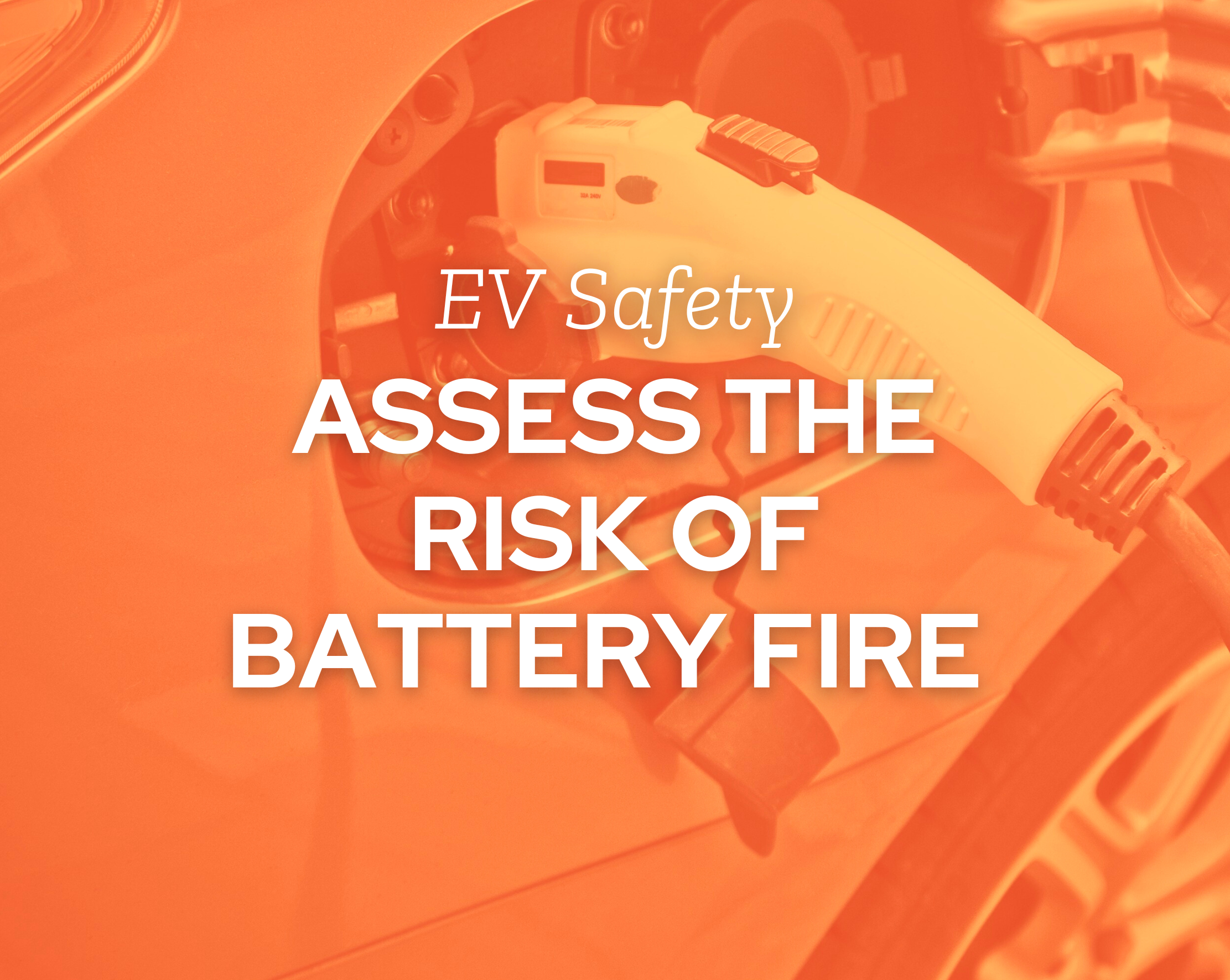EV Hazards: How to Assess the Risk of Battery Fire Inside a Vehicle
Assessing high-voltage lithium-ion EV batteries isn’t the easiest task, but we’re here to break it down for you. In a previous article, we discussed how a battery is constructed, let’s talk about how to assess its condition.
The first type we’ll talk about is a battery that’s housed inside the vehicle.
Visual observation of a battery inside a vehicle may be limited, and therefore, the risk of fire is greater than with a battery that has been removed.
Follow the steps we’ve outlined below to assess whether a battery inside a vehicle is a critical risk, a high risk, or an average risk.
And, of course, follow your dealership’s standard operating protocols for handling critical-risk and high-risk EV batteries.
Performing these basic assessments on each battery will allow you to classify each battery as critical risk, high risk, or average risk. By doing so, you will significantly reduce the risk of an EV battery fire in your dealership.
Next week we’ll teach you the steps you need to take when inspecting and assessing
- A battery that’s ready to be installed; and
- A battery that needs to be packaged and shipped offsite.
If you haven’t already, subscribe to the blog, and we’ll send these articles right to your inbox.
Stay on top of EV requirements with KPA, the nation’s leader in automotive compliance solutions.
KPA has an EV compliance solution designed to help you prepare your facility, educate your staff, and document/maintain OSHA compliance.
In addition to addressing general awareness about EVs, KPA is developing a monthly series of self-directed training programs for supervisors to train their staff. Topics will range from EV battery hazards, including fire risks and proper storage, electrical hazards, personal protective equipment, de-energization, stranded energy, and more. These tools, along with on-site consulting and additional EV compliance content, will comprise KPA’s comprehensive EV Compliance Solution, available this fall.
